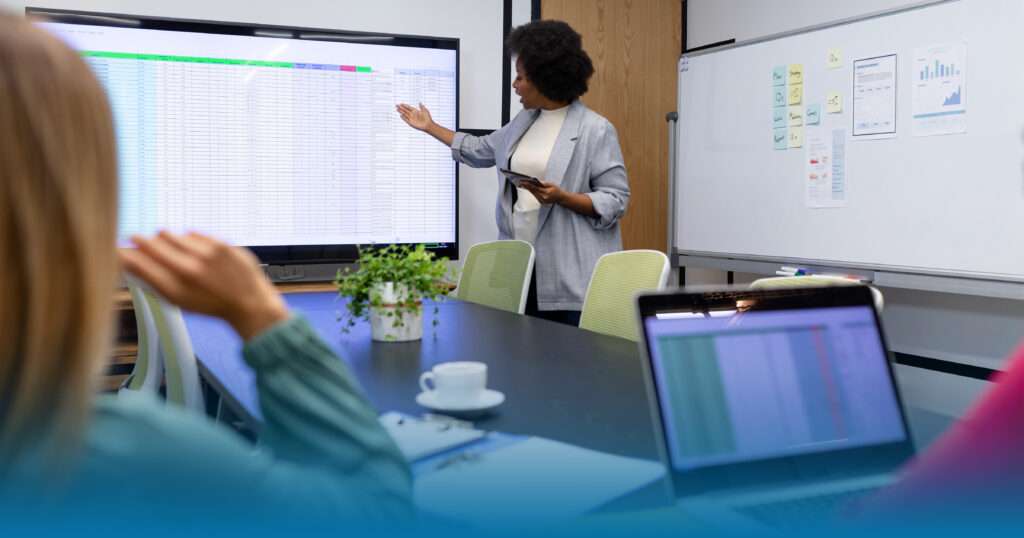In the global life sciences industry, whether you’re launching a new pharmaceutical, a medical device, or a personal care product, the responsibility doesn’t end at regulatory approval. It extends across the product lifecycle, driven by a commitment to patient and consumer safety, and reinforced by an evolving web of global regulatory requirements.
Traditionally associated with large pharmaceutical corporations, vigilance is now a critical function for biotechs, MedTech innovators, cosmetic brands, and emerging-market players alike.
But here’s the challenge: vigilance isn’t one-size-fits-all. Different product categories demand different vigilance systems, each with its own definitions, rules, timelines, and reporting structures.
Let’s explore the three foundational types of vigilance that every regulatory, safety, and quality professional must understand and master.
What is Vigilance in Life Sciences?
Each type of vigilance is tailored to a product category:
- Pharmacovigilance for drugs and vaccines
- Materiovigilance for medical devices
- Cosmetovigilance for personal care and cosmetic products
Placebos in Clinical Trials: A Fundamental Component of Medical Science
Pharmacovigilance (PV): Drug and Vaccine Vigilance
Pharmacovigilance is the most mature and globally harmonized vigilance system. Rooted in ICH, WHO, EMA, and FDA frameworks, it governs the full lifecycle of pharmaceutical products from pre-approval clinical trials to post-marketing surveillance.
Key Functions of Pharmacovigilance:
- Adverse Event Reporting (ICSRs): Monitoring and submission of adverse events (e.g., 15-day reporting window for serious events)
- Signal Detection & Management: Identification of patterns or trends in safety data
- Risk Management Plans (RMPs) and Risk-Benefit Analysis
- Safety Communication: Direct healthcare professional communications (DHPCs), product label updates
What Sets PV Apart:
Pharmacovigilance spans pre-clinical, clinical, and commercial phases, making it a strategic function that goes beyond compliance to actively influence product lifecycle decisions and market sustainability.
Materiovigilance: Medical Device Safety Monitoring
Materiovigilance refers to the systematic surveillance of medical devices post-market to detect, analyze, and mitigate device-related risks. It’s governed by frameworks such as the EU MDR, US FDA 21 CFR Part 803, and regional programs like India’s MvPI.
Core Components of Materiovigilance:
- Incident Reporting: Includes “serious incidents” like death, serious deterioration in health, or device malfunction (with reporting timelines ranging from 2–10 days)
- Field Safety Corrective Actions (FSCA): Risk mitigation measures such as recalls or software patches
- Post-Market Surveillance (PMS) & Post-Market Clinical Follow-Up (PMCF)
- Unique Device Identification (UDI) for traceability
- Combination Product Reporting Coordination with PV systems
Why Materiovigilance Requires a Distinct Approach
Unlike drugs, devices involve mechanical, software, and human interface components. Failures may result from user error, environmental factors, or design flaws not just biological reactions. This calls for a systems engineering mindset, not just a clinical one.
Cosmetovigilance: Safety of Personal Care Products
Cosmetovigilance applies to products that fall under cosmetic regulations, which differ significantly from pharmaceutical or device legislation. Despite not undergoing formal approval in many jurisdictions, cosmetics are expected to be safe and compliant throughout their lifecycle.
Key Elements of Cosmetovigilance:
- Undesirable Effects (UEs) and Serious Undesirable Effects (SUEs) reporting
- Responsibility of the Manufacturer or ‘Responsible Person’ (RP) to monitor and act
- Notification Systems such as the EU’s Cosmetic Products Notification Portal (CPNP)
- Labeling & Ingredient Monitoring, including banned and restricted substances
- Product Information Files (PIF) and ongoing safety assessments
What Makes Cosmetovigilance Unique:
- No formal marketing authorization: Responsibility lies entirely with the brand
- Surveillance is often self-initiated, making internal systems and consumer feedback loops essential
- Global cosmetic regulations (EU, GCC, ASEAN, etc.) are not harmonized, requiring local intelligence and vigilant monitoring
Conclusion
Each vigilance system serves a distinct regulatory and operational role:
Vigilance Type | Applies To | Focus |
Pharmacovigilance | Drugs & Vaccines | Clinical and post-market safety |
Materiovigilance | Medical Devices | Post-market performance and risk |
Cosmetovigilance | Cosmetics/Personal Care | Consumer safety and lifecycle monitoring |
In a competitive, compliance-driven environment, vigilance isn’t reactive anymore. It’s predictive, data-driven, and strategic. With the right systems in place supported by regulatory intelligence and digital tools, organizations of all sizes can achieve not just compliance, but competitive advantage.
How DDReg Can Help
DDReg supports companies across the life sciences consulting spectrum with end-to-end pharmacovigilance, materiovigilance, and cosmetovigilance solutions. From case reporting and signal detection to device incident management and cosmetic SUE tracking, we help you stay compliant, globally aligned, and audit-ready.
Read more from our experts here: Placebos in Clinical Trials: A Fundamental Component of Medical Science

